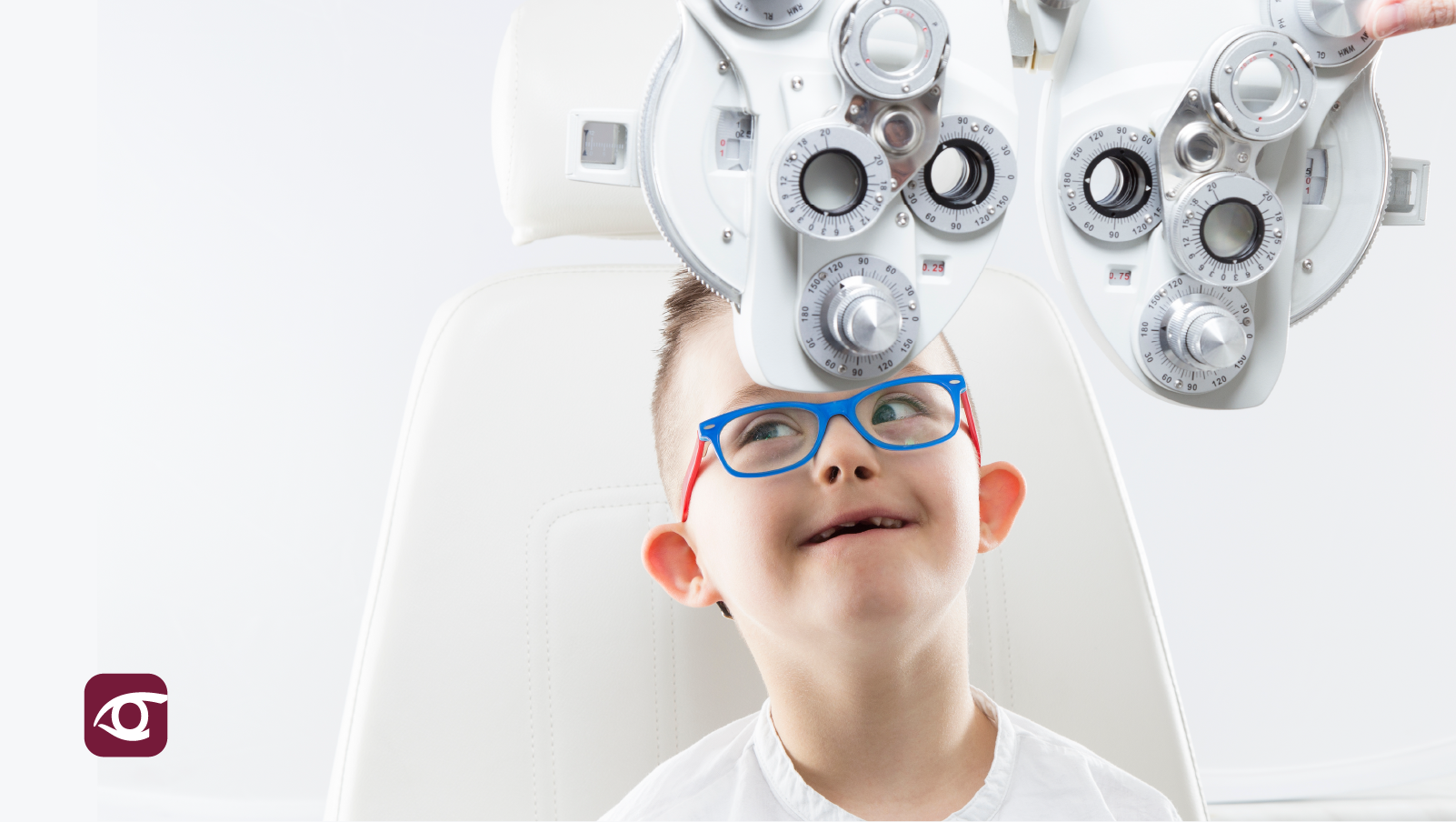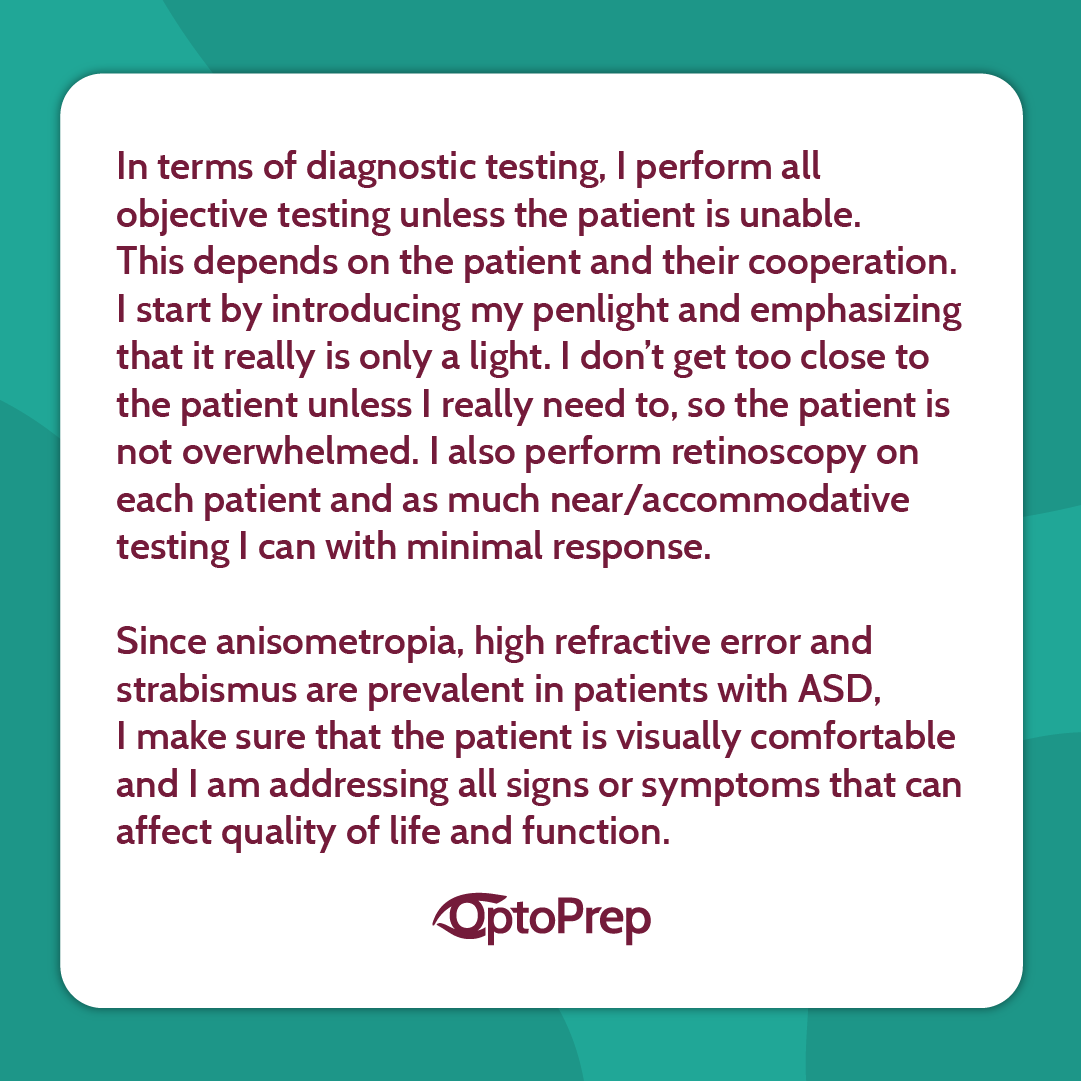
 When you have a busy day and patients scheduled back to back, it’s easy to get flustered at things that are out of the ordinary. If you work in private practice or retail optometry, most of the patients you see on a daily basis are relatively straightforward.
When you have a busy day and patients scheduled back to back, it’s easy to get flustered at things that are out of the ordinary. If you work in private practice or retail optometry, most of the patients you see on a daily basis are relatively straightforward.
It’s easy to get in the groove of seeing young, healthy and straightforward patients on a daily basis, and it’s also easy to become nervous when things get a little more complicated, such as kids, elderly, and patients with Autism Spectrum Disorder (ASD).
This is where you have to sometimes get creative and possibly prioritize and split your exam if necessary.
As with any patient, always start by acknowledging the patient and everyone else that may be present in the exam room. I always like to ask about who is accompanying the patient, which gives me an idea about who is usually there to help them on a regular basis.
The responsiveness of the patient and the guardian/accompanying guest are usually very apparent in the first minute of interaction. This will give you a good idea of tests you can or cannot perform during the examination. Start off by taking a patient history by asking the patient, then asking their guest, should they have one, only if necessary. I like to do this, even in young children, because it helps me determine patient cooperation, understanding, attention to detail, and level of maturity. It also helps me understand the dynamic between the patient and their parent/guardian if they are present.
In terms of diagnostic testing, I perform all objective testing unless the patient is unable. This depends on the patient and their cooperation. I start by introducing my penlight and emphasizing that it really is only a light.

I don’t get too close to the patient unless I really need to, so the patient is not overwhelmed. I also perform retinoscopy on each patient and as much near/accommodative testing as I can with minimal response. Since anisometropia, high refractive error, and strabismus are prevalent in patients with ASD, I make sure that the patient is visually comfortable and I am addressing all signs/symptoms that can affect quality of life and function.
Always use caution when using dilating drops, and use a spray if necessary to make sure enough is absorbed. I like using 0.5% tropicamide, which allows me to accurately perform retinoscopy as well as evaluate the back of the eye, even if it’s just with my BIO.
My biggest piece of advice is, don't freak out. Anytime you see a patient that presents differently than the usual patients you see, stop and think about the tests that are important based on signs and symptoms.
Always remember to be patient with patients and family. They are in your chair because they need your help and expertise. It’s OK to run a few minutes behind schedule, but those extra few minutes will help you help a patient and improve their visual function and quality of life.
~ Dr. Amadian
